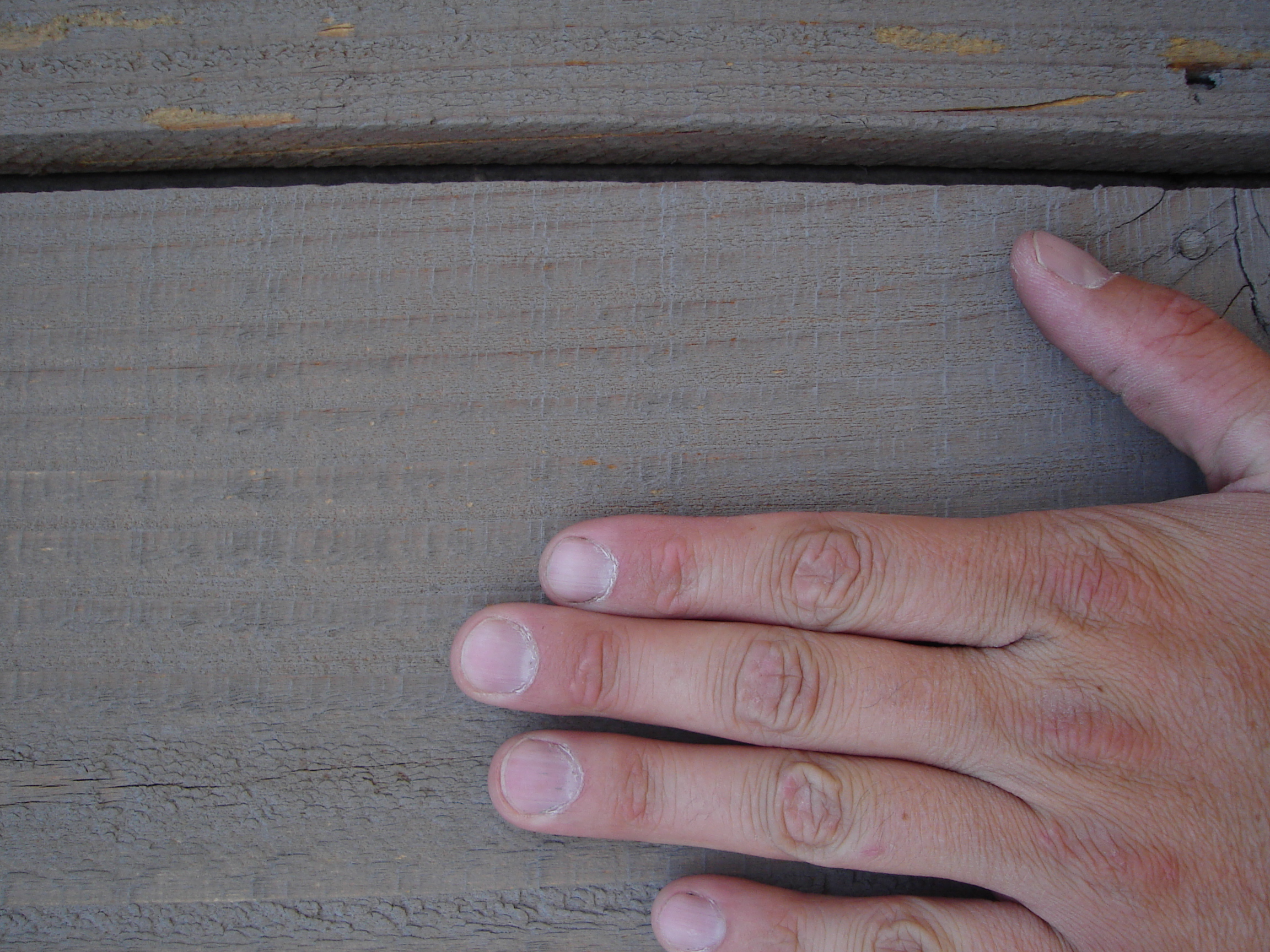What is Oxidization
Jason Moorhouse

What is Oxidization? We often use the words Oxidization and Rust interchangeably, but not all the substrates we paint are steel which interacts with oxygen molecules and actually disintegrates into rust. Most of the Oxidation we fight is very similar to what happens with iron, and the process helps to explain what is happening. In the case of iron, the oxygen creates a slow burning process, the result is an orange-brown substance we call rust. When oxidation occurs on copper the end result is a greenish coating, “copper oxide”. Metal is not weakened by oxidization but the surface may oxidize and be changed causing the loss of the original substrate. The process of oxidization depends on the amount and quantity of oxygen present. True oxidation happens on a molecular level and we can visually see the effects as the oxygen causes free radicals to break free. So, how does this relate to the paint found on the outside of my house? Well, since the outermost layers of paint are constantly exposed to air and water, i.e. oxygen; the oxygen molecules will eventually start interacting with the exterior paint found on the outside of your house. As the free radicals contained in the paint are exposed, the finish becomes duller and duller, and there is a reduction in sheen. This is why it becomes important to finish a very small amount of the total surface of an object to prevent oxidation of the entire substrate. We generally suggest the use of clear coatings, like polyurethanes, acrylic sealers, densifiers, and UV stable urethanes. The purpose of paint is to prevent oxidation caused by moisture and the continual change in available air. This layer of protection prevents oxidization by limiting the exposure. Painting prevents the destructive oxidization because it partially prevents oxygen from penetrating a surface to reach the free radicals it craves. I’ve been painting and coating objects for the last decade because, “oxidization happens”.
